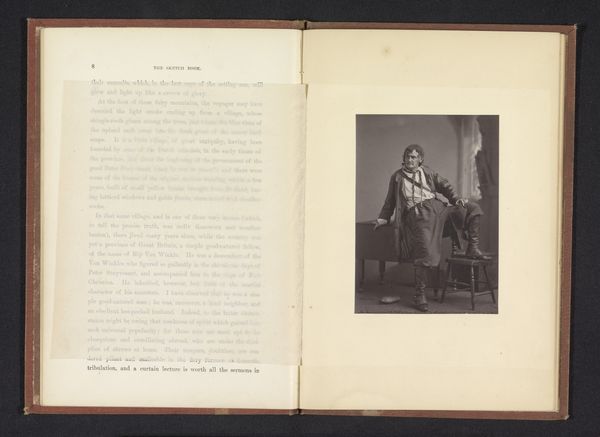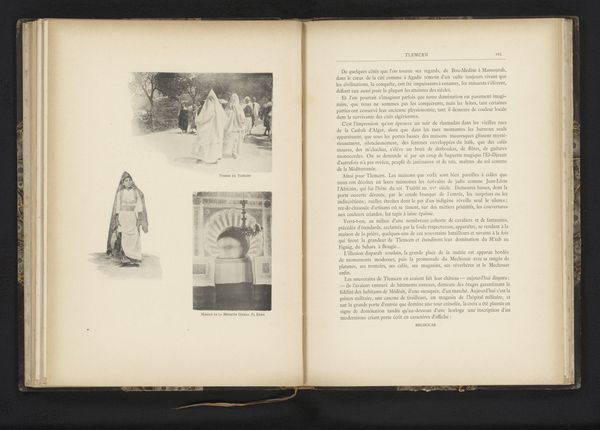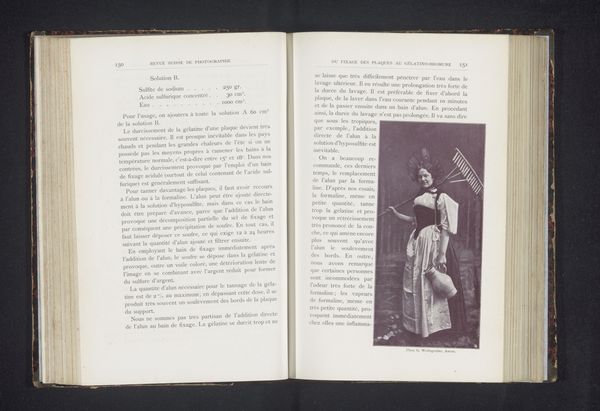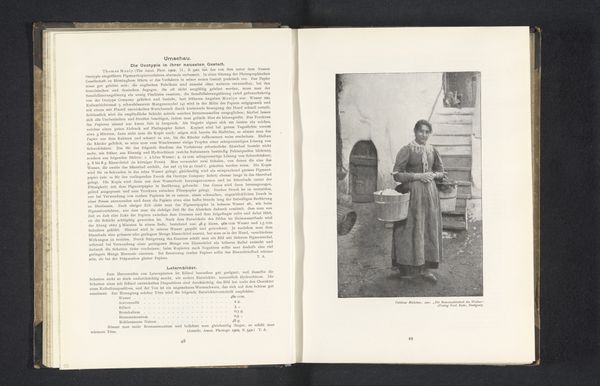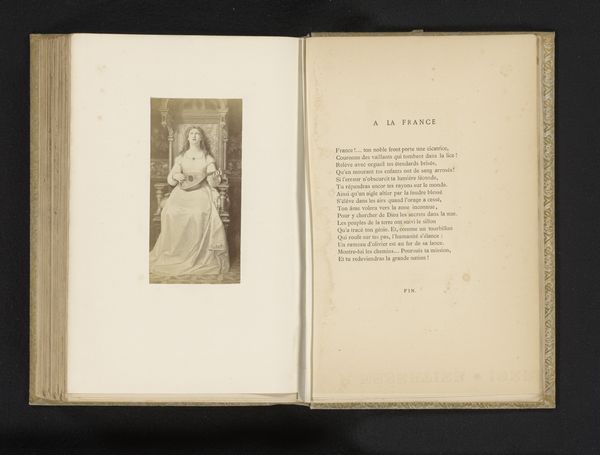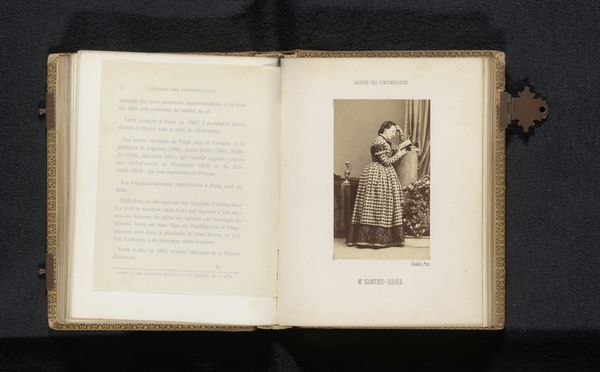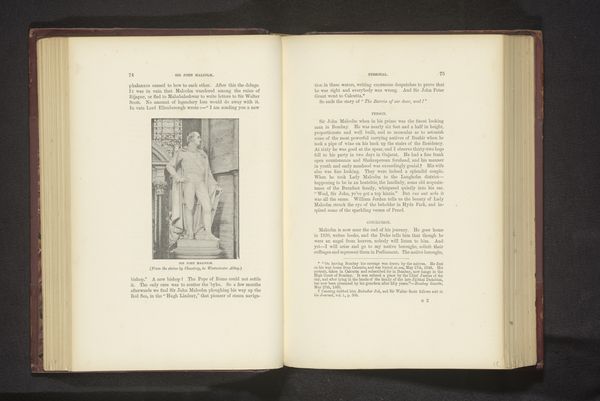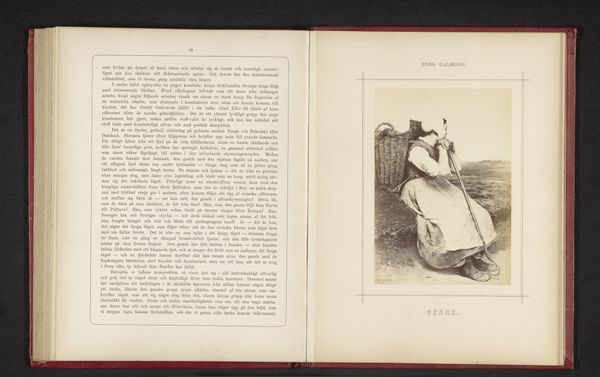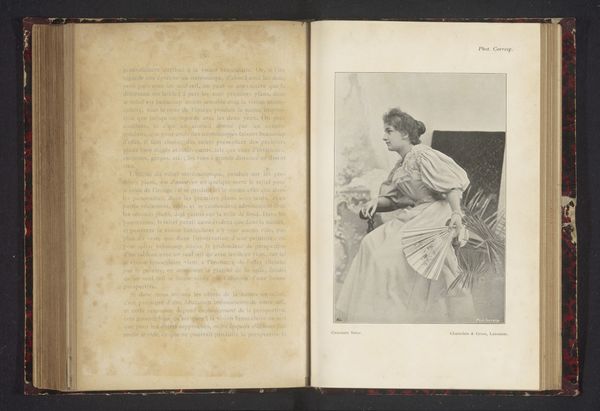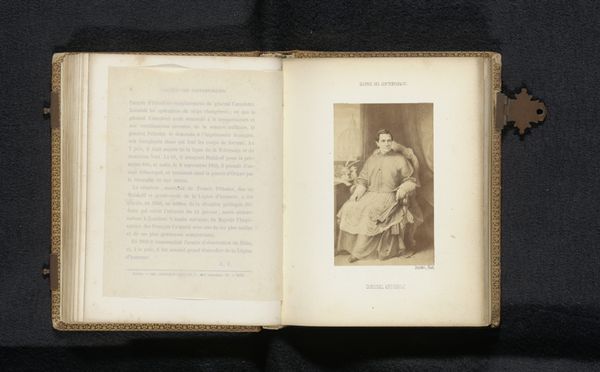
photography, albumen-print
#
portrait
#
aged paper
#
photography
#
orientalism
#
albumen-print
#
realism
Dimensions: height 91 mm, width 60 mm
Copyright: Rijks Museum: Open Domain
This portrait of Gifford Palgrave was made by Ernest Edwards using a photographic process. In the 19th century, photography emerged as a novel way of image making, relying on chemical processes and mechanical reproduction. This was a departure from traditional art materials. Photography democratized image-making by providing the means for mass production and dissemination of images. Photographic studios became spaces of labor and commerce, reflecting the rise of the bourgeoisie. Edwards's choice to use photography aligns with this shift towards mechanical reproduction and wider accessibility. The work's tones and textures, from the sheen of Palgrave's turban to the matte background, are all a result of the specific photographic techniques used. By embracing photography, Edwards blurred the lines between artistic creation and mechanical reproduction. This shift challenges traditional notions of art and authorship, reflecting the changing dynamics of labor and consumption in the 19th century.
Comments
No comments
Be the first to comment and join the conversation on the ultimate creative platform.
